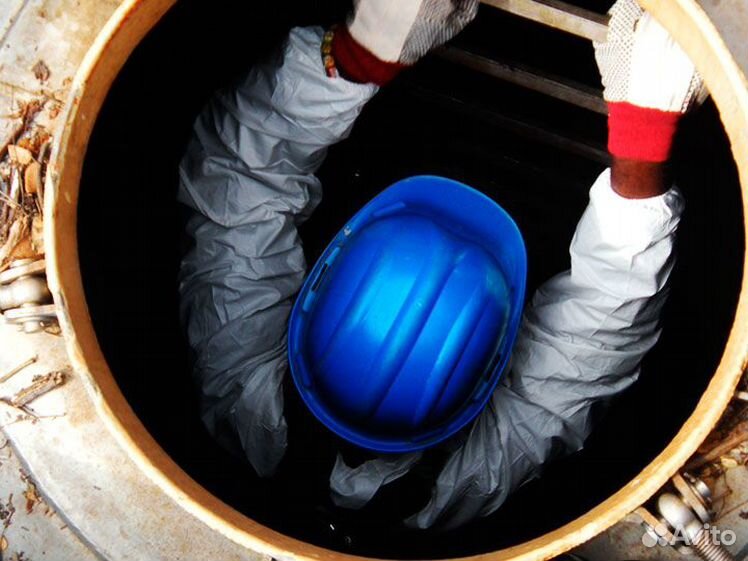Natural and Chemical Cleaning Options
Natural Solutions
Vinegar and baking soda mixtures are effective for gentle cleaning and are eco-friendly options.
Chemical Solutions
Chlorine bleach, hydrogen peroxide, citric acid, and other chemicals provide deep disinfection for stubborn contaminants. Chlorine, in particular, is highly effective and can disinfect 10,000 liters of water with just one liter of solution.



